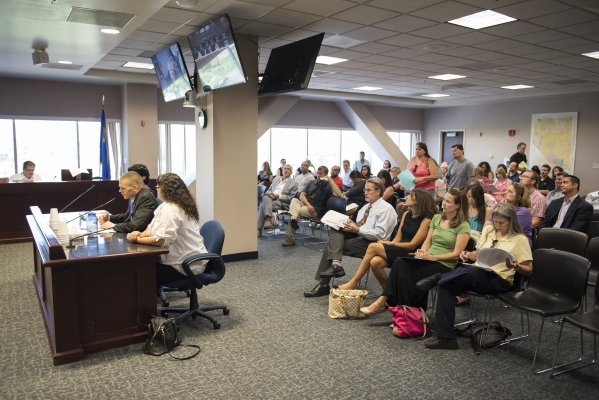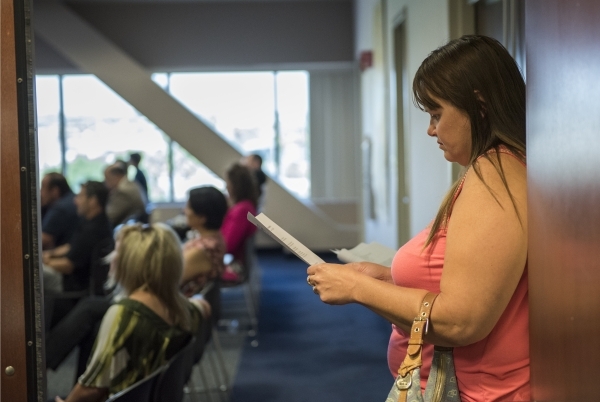EDITORIAL: Early ESA numbers not as bad as opponents think
The opponents of Nevada's new Education Savings Accounts, the broadest school choice program in the country, are dedicated to eliminating them as soon as possible by any means necessary.
ESAs allow parents to remove their kids from public school and gain control of the more than $5,000 in annual state funding that supported their enrollment. Schools, meanwhile, get to keep the local and federal funding attached to exiting students' enrollment. Parents and public schools gain resources.
ESA foes want to shelter public school systems from competition. Their preferred method of execution for ESAs is a court order, which is why two lawsuits seeking as much already have been filed. But school choice opponents are prepared for a years-long campaign of demonization and discouragement that marginalizes support for ESAs and limits participation in the program. The more popular ESAs become, the harder it will be to get rid of them.
Into this realm comes an analysis of early ESA applicants by the Review-Journal's Neal Morton and Adelaide Chen, which determined that about half came from ZIP codes with higher-earning median incomes while fewer than 11 percent of applications are from poor areas.
Such data are important because the program was created to help all Nevadans, especially those with lower incomes, exit substandard public schools and choose the best educational option possible for their children. News that Nevada's poorest families aren't applying for ESAs in large numbers was welcomed by the groups dedicated to stopping school choice.
"It's what we expected," said Sylvia Lazos, policy director for Educate Nevada Now, one of the groups suing to shut down ESAs.
But the numbers reflect interest in a program that doesn't yet have final regulations, isn't yet distributing funds and has no marketing in place at all. More than 3,000 Nevadans applied for the accounts based solely on information from news accounts, political involvement, word of mouth and the promise of funds months from now.
Despite those limitations, more than 20 percent of ESA applicants identified themselves as earning less than 185 percent of the federal poverty level, a threshold that qualifies them for a larger ESA distribution. And a majority of early ESA applicants have a household income of $64,908 or less, the newspaper's analysis found.
Early participation by the middle and lower classes is remarkable. Imagine how many more families who want something better for their kids will sign up once they learn about ESAs and know they can access funds immediately? Privately funded efforts to promote the program and educate parents — especially those with low incomes — soon will be under way.
With time, ESAs will work wonders in improving Nevada education. Other states will race to copy the program. Which is exactly why ESA opponents want the program stopped before it can start.



















